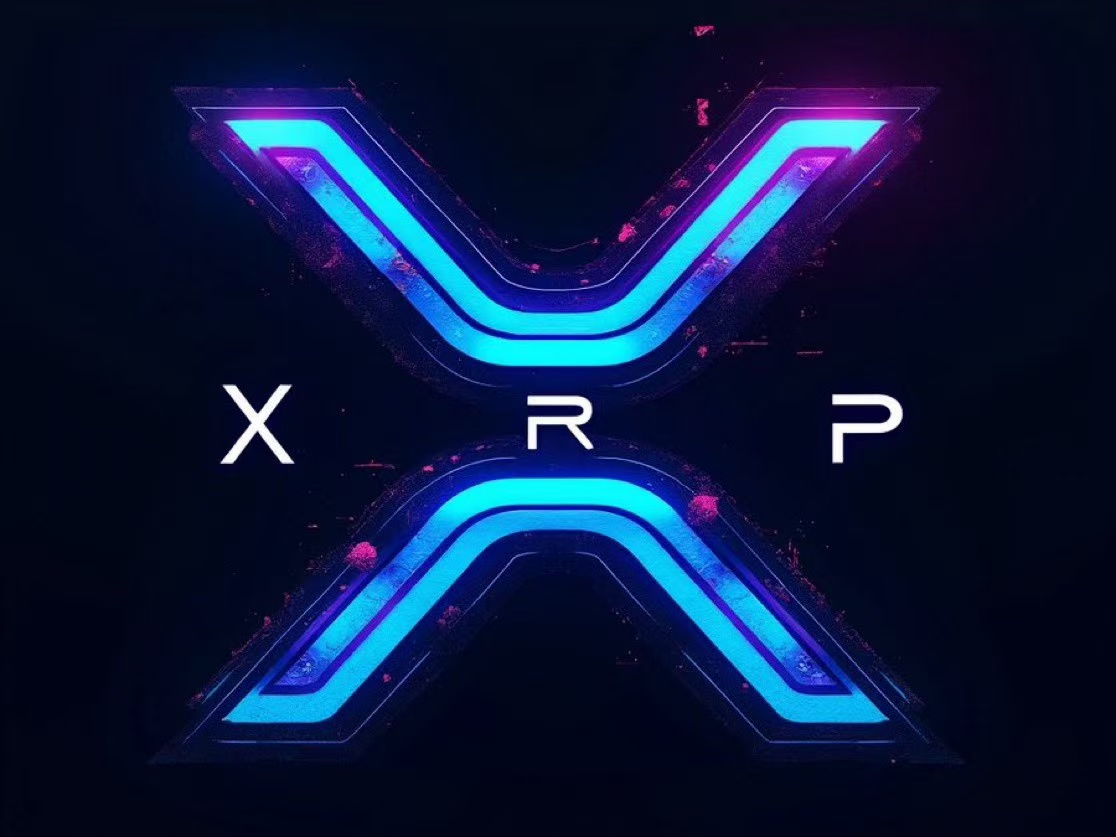1. Previous life: the birth and background of XRP
1. Founding Background
• Time: XRP was launched by Ripple Labs in 2012 with the aim of creating a blockchain project to support a global payment network.
• Vision: Provide a decentralized payment protocol to make cross-border transactions faster, cheaper and more secure.
2. Technical features
• Consensus mechanism: Adopting the “Ripple consensus algorithm” (different from traditional PoW or PoS), consensus is reached through verification nodes, which greatly improves transaction speed and energy efficiency.
• Fixed total amount: The total amount of XRP is 100 billion, it cannot be mined, and all tokens are generated at the time of initial issuance.
• Transaction speed: Each transaction only takes 3-5 seconds to confirm, and the processing capacity can reach 1,500 transactions per second, which is much higher than Bitcoin and Ethereum.
3. Core Team
• Co-founders: Jed McCaleb (founder of Mt. Gox exchange), Chris Larsen (a veteran in the financial field).
• Initial funding source: Through VC financing, it attracted top investment institutions such as a16z.
2. This life: Application and development of XRP
1. Core application areas
• Cross-border payments
Ripple's products (such as RippleNet) combined with XRP help financial institutions process cross-border payment transactions. Compared with the traditional SWIFT system, Ripple reduces time (from days to seconds) and costs (reducing exchange fees).
• Liquidity Bridge
XRP acts as a bridge asset between different currencies. For example, a bank can use XRP to convert from US dollars to euros without directly holding the target currency.
• Cooperation with financial institutions
Ripple has partnered with more than 300 financial institutions (such as SBI Holdings, American Express, and Santander) to promote the globalization of its payment network.
2. Key technology products
• RippleNet: A cross-border payment network that provides real-time settlement and low-fee payment solutions.
• xRapid (later renamed ODL: On-Demand Liquidity): uses XRP as a bridge asset for payment to optimize international payment liquidity.
• xCurrent: Provides real-time cross-border payment solutions for banks, but does not require the use of XRP.
3. Regulatory and legal challenges
• Since 2020, Ripple Labs has been sued by the U.S. Securities and Exchange Commission (SEC), alleging that XRP is an unregistered security. Although this case has a short-term negative impact on Ripple, it has also promoted the further clarification of XRP's global regulatory framework.
• The results of some cases in 2023 were favorable to Ripple, driving a sharp rebound in XRP prices.
3. Future Outlook: XRP’s Potential
1. Global payment standardization
If Ripple successfully cooperates with more central banks and financial institutions, XRP is expected to become the "standard currency" in the cross-border payment field.
2. Decentralized Finance (DeFi) Applications
With the development of DeFi, XRP may gradually enter the fields of decentralized lending, payment, etc., enriching its ecology.
3. Central Bank Digital Currency (CBDC) Connector
Ripple has discussed CBDC plans with central banks of many countries, and XRP may become an intermediary tool between digital currencies of different countries.
4. Summary: XRP’s unique value
XRP is uniquely positioned to:
• It is not an ordinary cryptocurrency, but a tool that serves the global payment network.
• It has advantages in speed, cost, and ecological cooperation, and is especially practical in cross-border payment scenarios.
• Despite the challenges, with the popularization of blockchain technology around the world, XRP’s application scenarios may further expand and become an important part of the future financial system.





